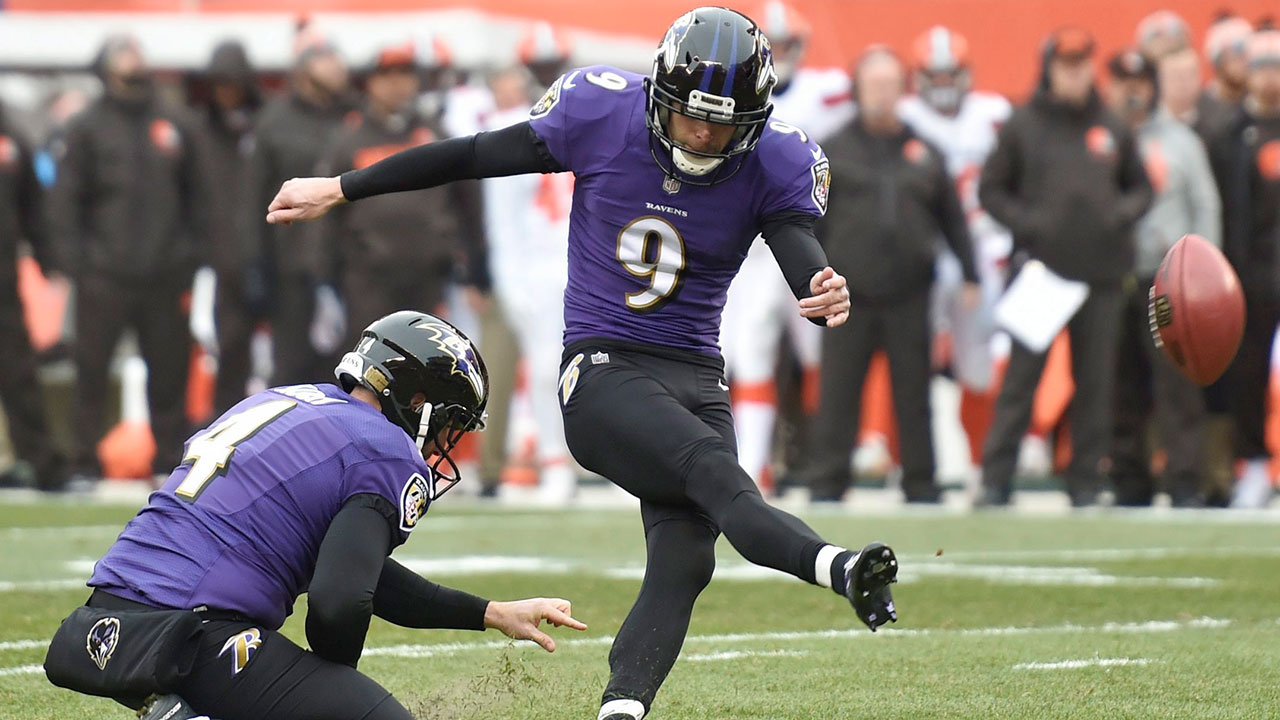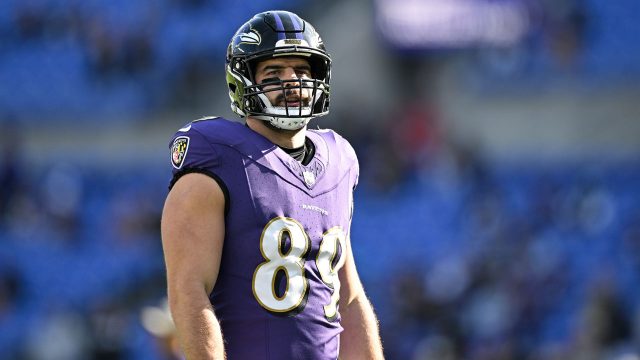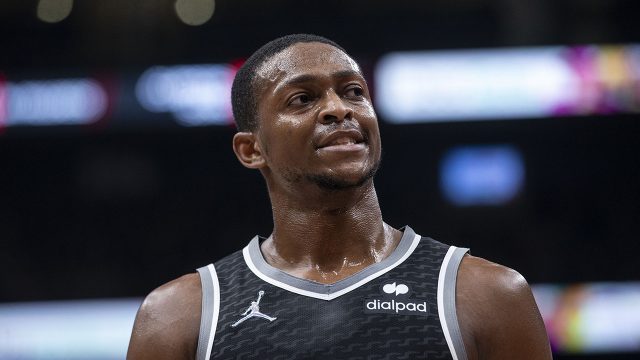If you are a fan of the trade machine, then for the next 10 days, you are a fan of the Toronto Raptors.
While last year’s deadline was headlined by early, big-picture changes in the franchise’s direction, this year’s deadline is more straightforward: They’re rebuilding, they have useful players on expiring deals of various sizes, and they have an enviable cap sheet to play facilitator with in larger, multi-team deals.
It’s extremely unlikely that there’s a return of three first-round picks or a pair of young rotation pieces like in 2024 — get ready to power-rank your favourite newly acquired second-round picks — but there’s something to be said to knowing your place on the development cycle and making the most out of it. This probably won’t be a deadline with big, sexy deals; instead, the Raptors can leverage some of the “optionality” they’ve prioritized the last 18 months to bring in a few extra assets for the future, whether as future players or a stockpile to trade from later.
Whether you’re trying to figure out a trade for Jimmy Butler, get below the second luxury tax apron, or just find a way to make some complicated math work, the Raptors are your pals. Take a useful vet on an expiring deal of a range of sizes, throw some extra salary on to the Raptors’ books, and hey, kick a couple seconds their way, and your complicated trade suddenly looks a little easier.
What follows is an explanation of the different tools the Raptors have available to them, the CBA rules regarding trades, and other areas for clarification that people historically ask about.
The current cap sheet
Here’s how the Raptors books look today.
Tool #1 – $10 million in space beneath the luxury tax
One of the biggest assets a team can wield this time of year is simply the ability to take on money in a trade. As of Tuesday morning, the Raptors have an estimated $10 million in space beneath the luxury-tax line, leaving them clear to take back up to an additional $10 million in salary in a trade.
With so many teams needing to shed or re-route money because of tax and apron rules, that should make Toronto an attractive trade partner. Detroit, Utah, Washington, and San Antonio are similarly rebuilding teams who could rent out their tax space, while Oklahoma City and Houston are win-now teams with space, as well.
In theory, the Raptors could go into the tax, but it wouldn’t make a ton of sense to. Not only does paying the tax mean you don’t get the end-of-season payout from luxury-tax teams — currently estimated to be about $18 million per team — but you also avoid starting the clock on repeater penalties if you intend to be a tax team in the next few years as the team gets more competitive. Mostly, though, if you’re close to the tax line, you should always try to duck it.
A note on the luxury tax apron for the Raptors
The Raptors’ salary number cited for tax purposes above does not include $6.1 million that is on the books for “unlikely incentives” for RJ Barrett, Immanuel Quickley, and Jakob Poeltl. Technically, unlikely incentives count toward the tax for now, but all three players are extremely unlikely to achieve those individual bonuses, so they won’t end up counting toward their final tax number at the end of the season.
Those unlikely incentives, however, do count toward the luxury-tax aprons, whether they are achieved or not. (This is to prevent teams from circumventing apron rules by loading up unlikely incentives that are, uh, less unlikely.) The Raptors probably won’t go over the tax, anyway, so this won’t matter; if the right deal came along where they did exceed the tax, they would quickly be close to the first apron, where they are hard-capped this year (due to prior moves).
You don’t really need to worry about this, other than that it will help explain why you might see different tax and apron numbers depending on what source you look at.
Tool #2 – Mid-Level Exception as a Trade Exception
Under the new CBA, if a team does not use its mid-level exception to sign players, they can use it in-season as a trade exception. That means the Raptors could take on $12.8 million in salary without sending anything back out, which, combined with their tax space, is a helpful tool.
This exception can’t be aggregated with player salaries for a larger trade. For example, you couldn’t use Bruce Brown’s $23 million and the $12.8-million exception and take back a $35-million salary; you can only use the exception to absorb salary below the $12.8-million mark. Still, very useful!
Cleveland, New Orleans, and the Clippers are all teams close to the tax line who could look to duck under with a small trade sending out money, while Indiana, Atlanta and Brooklyn are right up against it. More notably, Boston, Milwaukee, Phoenix, and Minnesota are all over the second luxury-tax apron, which makes trading extremely difficult. Milwaukee, in particular, could want to unload a salary to duck below the second apron line, freeing the Bucks up for more trade flexibility. The Knicks are also very close to the second apron.
In these cases, the Raptors would look to absorb a salary and pick up an asset for their trouble.
Toronto may not want to use the entire mid-level this way, however. Saving a small piece of the exception would allow the Raptors to sign a player to a deal beyond the 2025-26 season. If, say, they wanted to convert Jamison Battle to a standard NBA contract after the deadline, they’d only be allowed to sign him for this year and next; if they still have some of their mid-level, they could sign him for this year and up to three more.
Tool #3 – Good players on expiring contracts of all sizes
Cap flexibility aside, the best thing you can have at the deadline is good players. If they’re on affordable contracts, all the better, and many teams will appreciate the flexibility that expiring contracts provide.
The Raptors have Brown ($23 million), Chris Boucher ($10.8 million) and Davion Mitchell ($6.5 million) as productive players on reasonable, expiring deals, plus Kelly Olynyk ($12.8 million this year, $13.4 million next) and Jakob Poeltl ($19.5 million this year and next, with a $19.5-million player option in 2026-27) within workable salary ranges.
The mileage teams have with each player and contract could vary, but it’s a good mix of player quality and salary range. That could be attractive for both a team looking to acquire a good player in a straight-up basketball trade or teams looking to make the math work on a more complicated multi-team format.
Other assets and exceptions
Draft picks – The Raptors hold all of their own draft picks between now and 2031 (the furthest out a team can trade a pick), except for their 2025 second-round pick (which Detroit holds, via San Antonio, from the Poeltl trade). Toronto also holds an extra 2026 first-round pick from Indiana, from the Pascal Siakam trade, which is top-four protected in 2026 and 2027 and becomes two second-rounders if it doesn’t convey by 2027. (It will almost surely convey.)
Cash – Teams can send and receive up to $7.2 million in trades this league year. The Raptors already sent $1 million out to acquire the Ulrich Chomche pick, so they could include up to $6.2 million in cash, and receive up to $7.2 million. Cash has no impact on the cap or tax situation, it’s just straight cash.
Player rights – The Raptors hold the rights to 2000 draft pick DeeAndre Hulett, which can be included in a trade. This seems weird, I realize. Imagine, though, a team wants to dump a salary into Toronto’s trade exception. The Raptors have to send something back, according to league rules, so “the rights to Hulett” could theoretically be traded.
Other exceptions – The Raptors do not have a disabled player exception to use in trade. The remaining chunk of their trade exception from the Siakam trade expired on Jan. 17 (the rest was used in this summer’s Kings deal to absorb salary). They technically have a $1.6-million trade exception from last year’s Jazz trade, but that is so small it’s very unlikely to matter. Finally, the Raptors can always take on minimum-salary players via the minimum-player exception, so long as it wouldn’t push them past the first apron line.
Trade rules
There are multiple sets of rules for salary-matching in trades, depending on where you fall in terms of the salary cap, luxury tax and aprons.
Teams above the second apron (BOS, MIL, MIN, PHX): These teams can not aggregate multiple player salaries in a trade, nor can they take back more money than they send out.
Teams above the first apron (DEN, LAL, MIA, NY, PHI): These teams can take back 110 per cent more in salary than they send out.
Between tiers (GSW, DAL): These teams technically belong to the group below but any trade that takes on too much additional salary will push them to the apron-level rules. Basically, for these teams, the rules are, “It depends how big the trade is.”
Teams above the cap but below the first apron (ATL, BRK, CHA, CHI, CLE, HOU, IND, LAC, MEM, NO, OKC, ORL, POR, SAC, SA, TOR, UTA, WAS): These teams are operating under the old rules, with a bit of additional flexibility. The amount of salary you can take back depends on how much you send out. See the table above.
Teams below the cap (DET): The Pistons can take on salary without regard for trade rules, at least until they hit the cap level, at which point the above rules would apply to them.
The Raptors are operating as an above-cap, below-apron team, so they have plenty of room to add extra salary. Here are some examples for individual player trades.
Other notes
• Every Raptor is technically eligible to be traded. Scottie Barnes would be subject to the “poison-pill provision” if dealt, which makes trading him very complicated. I don’t think that’ll come up.
• Boucher is the only Raptor currently eligible to sign an extension, if he’s not dealt at the deadline. Poeltl, Barrett, and Ochai Agbaji will be eligible in the summer.
• A possible buyout for Brown has been reported, if he’s not traded. I’m a bit skeptical. No team above the apron would be able to sign Brown due to his salary level — that takes out Denver, among others — and Brown would probably have to leave a lot of money on the table for it to be worthwhile for Toronto, as his Early Bird rights in free agency would hold a bit of value for sign-and-trade purposes. (A trade still makes the most sense.)
• In addition to Brown’s Early Bird rights, the Raptors would hold full Bird rights on Boucher and Mitchell if they remain on the team. Mitchell would have an $8.7-million qualifying offer, if the Raptors wanted to make him a restricted free agent.
• While rare, players on two-way contracts can be traded. They do not count for anything for making salary math work, nor do they count against the cap and tax.
• Post-deadline, the Raptors will have a few options with any open roster spots. They can continue to cycle 10-day contracts, sign a player they like to a rest-of-season or multi-year deal, or promote one of their two-ways to a standard NBA contract. As noted above, keeping a portion of the mid-level exception available would let them sign Battle (or Orlando Robinson, or Player Of Your Choice) to a deal for this year and up to three more, versus just this year and next if they don’t have an exception.
Future implications to keep in mind
In addition to the scenarios outlined above, one way the Raptors could improve their asset return in a trade is to take bad money back in a trade. Want a first-round pick instead of multiple seconds? Eating a contract that extends beyond this year might help you get there.
They’ll have to be a bit careful, though. The Raptors already have over $150 million committed to 10 players for next year, which puts them right near the projected cap line and less than $40 million below the tax. Add in a rookie-scale contract for a high pick and a mid-level signing, and things get tight quickly.
For the right deal, Toronto could be willing to eat into some of that space for 2025-26. “The right deal” needs to buy out that opportunity cost.
The TL;DR version
• The Raptors have about $10 million beneath the tax to take on extra salary. They also have the $12.8-million mid-level exception to absorb salary without sending any out.
• Those numbers, plus a bunch of solid players on expiring deals of different sizes, make them an ideal partner as a third or fourth team in a larger trade structure.
• Everyone is eligible to be traded, though a Barnes deal would be complicated.
• It is a bit likelier that the Raptors use their financial flexibility to acquire future draft equity rather than land a core piece in trade, though that is not impossible.
*The CBA has gone too far overcomplicating trade rules for high-spending teams, even for a nerd like me.
*The trade deadline is Feb. 6 at 3 p.m. ET / 12 p.m. PT. The Raptors Show will be on 2-4 p.m. ET that day instead of our usual spot.
from Sportsnet.ca
via
i9bet













